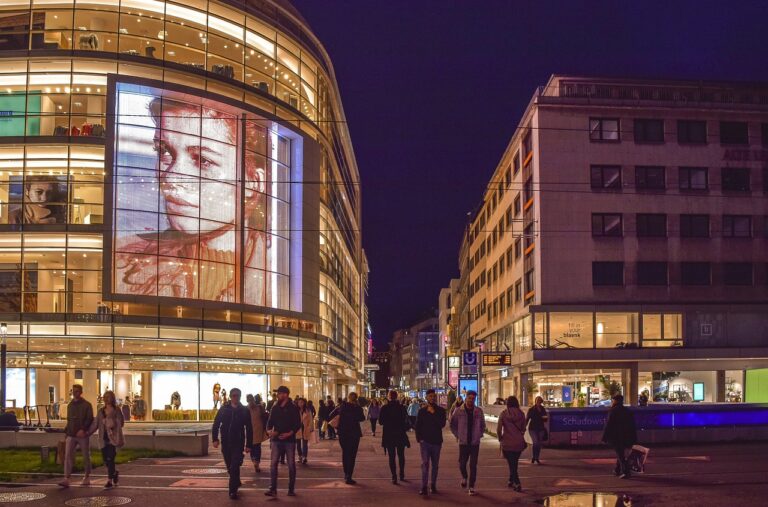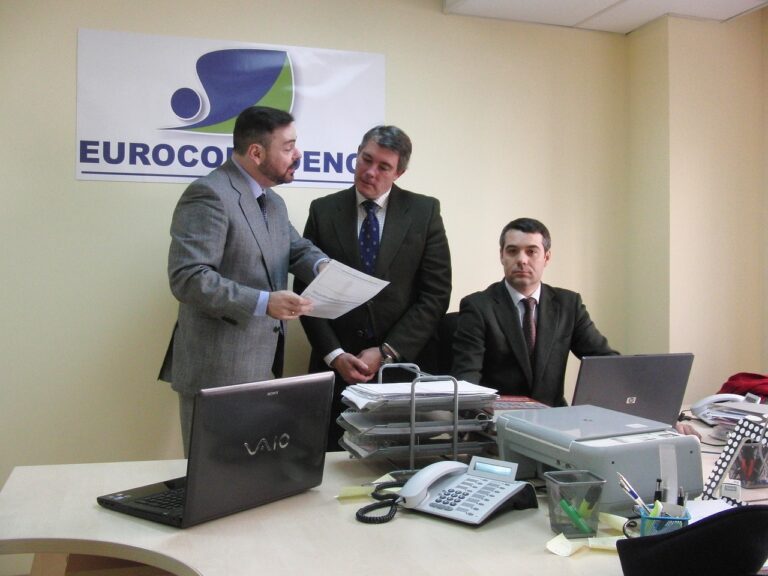Exploring the Role of 3D Virtual Fashion Shows in Reducing Carbon Footprint
all panel mahadev book, lotus bhai 365 login, allpaanel:The fashion industry has long been criticized for its negative impact on the environment, particularly due to the carbon footprint associated with traditional fashion shows. These events often require extensive travel for designers, models, and attendees, contributing to greenhouse gas emissions that harm the planet. However, with the rise of technology, we are now seeing a shift towards 3D virtual fashion shows as a more sustainable alternative.
While traditional fashion shows have been a staple in the industry for decades, the environmental cost is undeniable. From the transportation and logistics involved in organizing these events to the energy consumption at venues, the carbon footprint of a single fashion show can be significant. This is where 3D virtual fashion shows come in as a more environmentally friendly option.
By leveraging virtual reality technology, designers can showcase their collections in a digital space that mimics the experience of a traditional runway show. This allows for a more immersive and interactive presentation while eliminating the need for physical travel and venue bookings. As a result, the carbon footprint of a 3D virtual fashion show is significantly lower than that of a traditional event.
Furthermore, virtual fashion shows offer a host of other benefits beyond sustainability. They provide designers with a platform to reach a global audience without the limitations of physical space, opening up new opportunities for brand exposure and growth. Additionally, virtual shows can be more inclusive and accessible, allowing people from all corners of the world to participate in the excitement of fashion week.
Despite these advantages, there are still challenges to overcome in the adoption of 3D virtual fashion shows. The technology required to create immersive virtual environments can be costly and time-consuming, especially for smaller designers and brands. There is also the question of whether virtual shows can truly capture the essence and energy of a live runway event.
However, with advancements in virtual reality and the growing demand for sustainable practices in the fashion industry, it is clear that 3D virtual fashion shows have the potential to become the new norm. By reducing the carbon footprint of fashion events, designers can take a step towards a more sustainable future for the industry.
As we look towards a more environmentally conscious approach to fashion, exploring the role of 3D virtual fashion shows in reducing carbon footprint is crucial. By embracing technology and innovation, the industry can not only minimize its impact on the planet but also pave the way for a more sustainable and inclusive future.
—
### Advantages of 3D Virtual Fashion Shows
Virtual fashion shows offer a host of benefits, including:
– Reduced carbon footprint
– Global reach
– Inclusivity and accessibility
– Cost-effectiveness
### Challenges of 3D Virtual Fashion Shows
Despite the advantages, there are challenges to overcome, such as:
– Cost and time constraints
– Capturing the essence of a live event
### The Future of Fashion: Embracing Sustainability
As the fashion industry continues to evolve, embracing sustainability through innovations like 3D virtual fashion shows is essential for a greener future.
### FAQs
#### Are virtual fashion shows as engaging as traditional runway events?
While virtual shows may lack the physical presence of a live event, advancements in technology are making it possible to create immersive and interactive experiences that can rival traditional runway shows.
#### How can smaller designers afford to participate in 3D virtual fashion shows?
Smaller designers may face challenges in terms of cost and resources when it comes to virtual shows. However, partnerships with tech companies and leveraging online platforms can help make virtual shows more accessible to a wider range of designers.
#### Will virtual fashion shows completely replace traditional runway events?
While virtual shows offer a more sustainable alternative, traditional runway events are likely to remain a part of the industry. The key is finding a balance between the two approaches to reduce the overall carbon footprint of the fashion industry.







